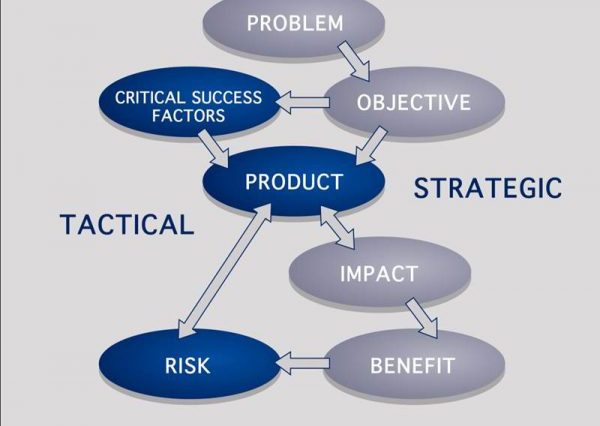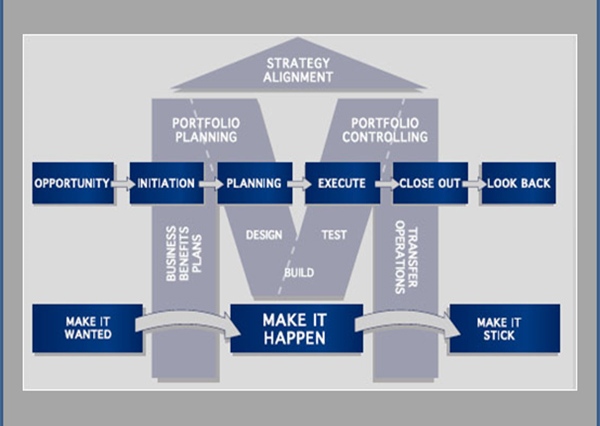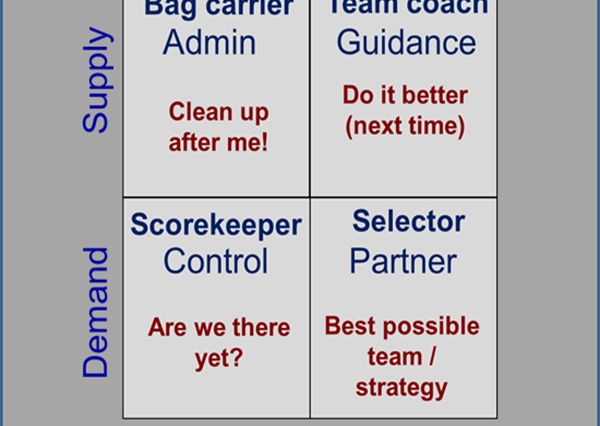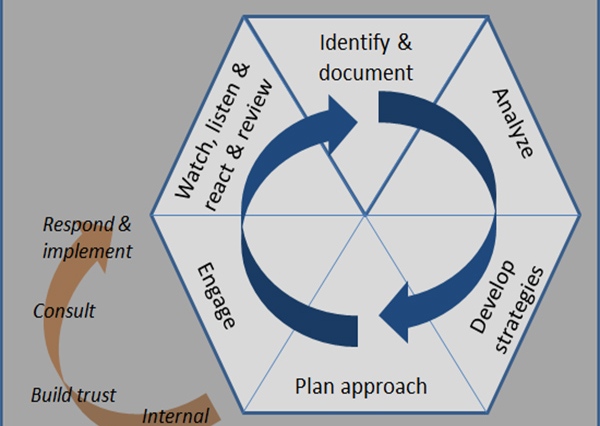
The Mission Model
Of all the contributors to project success, the one overwhelming factor is ‘clarity’: Clarity about what the project is to achieve; clarity about what success looks like; clarity about value to the stakeholders; clarity about who the stakeholders are, and certainty about the risks that may be encountered. Continue reading The Mission Model









